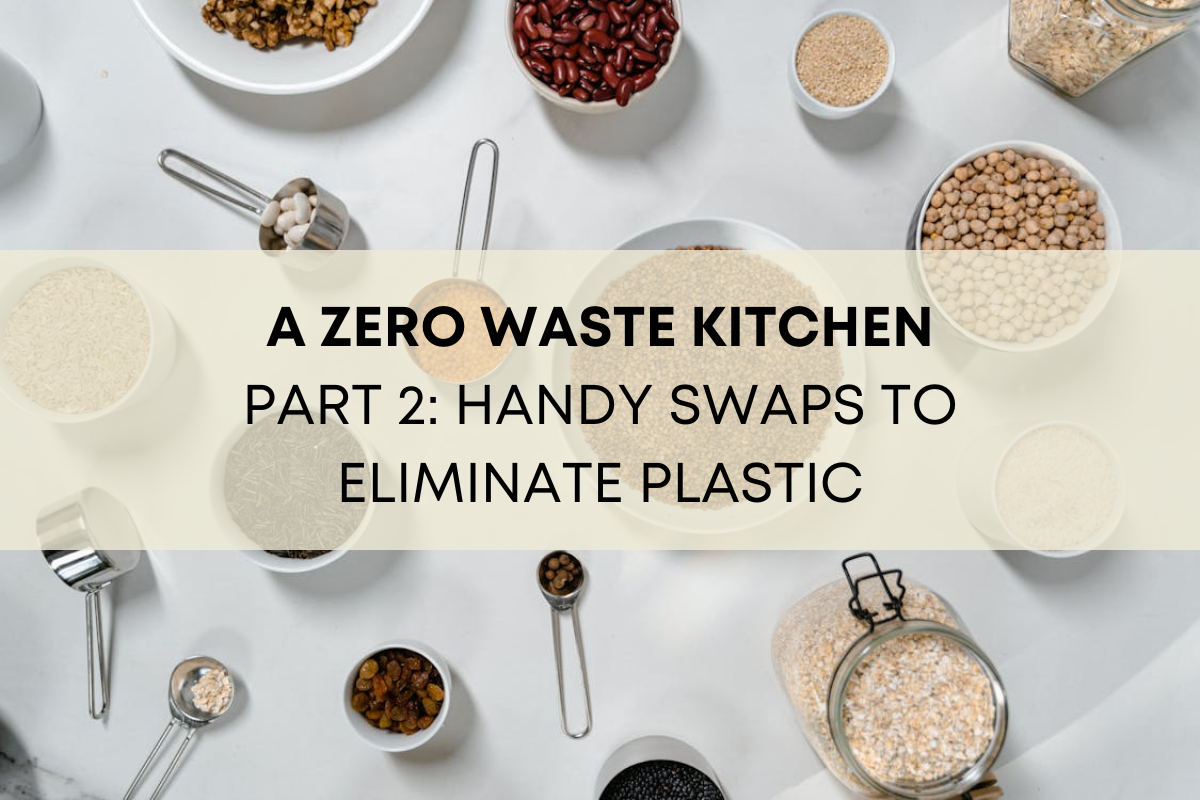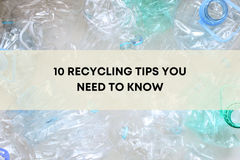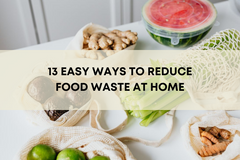A ZERO WASTE KITCHEN PART 2: HANDY SWAPS FOR ELIMINATING PLASTIC

Welcome to Part 2 of our zero waste kitchen series! Part 1 covered how to avoid plastic food packaging. If you haven’t already read that post, here is the link to check it out.
We’ve been taught that using disposable materials makes our lives easier. Instead of having to wash something, you can simply throw it away. We have gotten used to using a Ziploc bag just once and then tossing it into the trash and feeling just fine about it. But in reality, using disposables typically costs the consumer more time and more money (don’t even get me started on the environmental costs…) than a reusable alternative. In the example of Ziplocs, you will spend more time going to and from the store to purchase that bag of Ziplocs every other month then you would in washing a reusable option. Instead of buying a box of 500 Ziplocs every other month, you buy one reusable option one time. This one reusable option means one upfront investment that you never have to repeat. And you save yourself the carbon footprint of having to drive to the store to purchase something disposable.
If you are willing to make small swaps, there are alternatives for most of these common plastic products you find in your kitchen. Here are some swaps that I have made that made a big difference in my life.
Swap: Ziploc Bags for Stasher Bags
Ziploc bags are mighty handy little things that often have a terribly short window of use before they get thrown out. Instead of a plastic single use item, consider a Stasher Bag made of silicone that can be washed and reused thousands of times. Stasher Bags have a strong seal and come in different sizes and colors, making them easy to cook with or take your food on the go. I like to use the sandwich size ones for on-the-go snacks like trail mix and I like the half gallon size for meal prepping with chopped veggies, marinated meat or frozen fruit pieces. Switching to a reusable option will take a bit more effort, but you will be rewarded with far less plastic in your trash can. If a Stasher Bag isn’t appealing to you, you can also pop snacks into a reused jar. I often toss a jar of carrot sticks in my bag to take to work, knowing that once finished, I can just wash and reuse the jar again.

Swap: Plastic Cling Wrap for a Food Wrap
Another swap you can make is to do away with cling wrap and replace it with a beeswax food wrap that will function in exactly the same way without the waste. Wax food wraps will work just as well on anything that you’d usually use cling wrap for, and once finished you can simply rinse with lukewarm water and lay out to dry (hot water will melt your wax!). Another nice option if you have leftovers or food in a bowl are silicone covers that stretch over the top of the bowl and can be washed and reused countless times. Side note, these are also perfect as splatter covers if you’re reheating leftovers in the microwave – just leave a small steam vent open on one side and you’re good to go, no more mess!
If you are on a budget, you can also simply put your leftovers in a bowl and top with a saucepan lid or a plate. This solution might not be fancy or good looking, but it works and creates no waste! I recommend you think creatively about what you already have in the kitchen that you can put to work in the place of single use plastics.

Swap: Paper Towels for Unpaper Towels
Did you know that the US uses 13 billion (with a B!) pounds of paper towels every year? That’s the equivalent of 270 million trees. Every. Year.
Crazy, right?
Now, paper towels are convenient for cleaning and mopping up spills around the kitchen, but not so great in terms of sustainability, especially when they’re being used on such a huge scale. Though they aren’t made of plastic, lots of water and energy goes into creating a paper towel.
They aren’t just a waste of environmental resources, but also of money. In 2017 Americans collectively spent around $5.7 billion on paper towels – a product that gets used for 3 seconds before being tossed away. The EPA estimates that paper makes up the biggest share of municipal waste in the country, meaning that all those resources and money are often going directly to landfill.
Consider replacing paper towels with cloth Unpaper towels or a super absorbent, reusableSwedish Dishcloth – plant based and fully compostable once it reaches the end of its life. (I also love them as an alternative for cleaning glass as they’re streak free and won’t leave behind residue or fluff). If you are on a budget you can also make your own paper towels by cutting up old rags or a t-shirt into squares. Keep the squares in a basket or jar on your counter for easy grabbing. All of these options can be used around the kitchen in place of paper towel and simply washed as needed, rather than tossed away. Save yourself the money and resources you otherwise would have spent repeatedly on paper towels!
Swap: Parchment Paper for a Silicone Baking Mat
While we’re on the topic of wasteful paper use, let’s talk parchment paper. It is, of course, baking season as the winter months approach, and there’s nothing more annoying than getting your cookies stuck to the tray. Here to the rescue are Silicone Baking Mats that protect bakeware and make sure nothing sticks. As an added bonus they can go from fridge, to freezer, to oven, to microwave, to dishwasher – you get the point. Not only are they made of high-grade silicone that can be recycled, unlike baking paper they don’t come made with ‘non-stick’ toxic chemicals, and they aren’t designed to get tossed after a single use! Instead you’ll be able to reuse them again, and again, and again…
![]()
Armed with these handy swaps, you too can cut down on plastic and waste in the kitchen!
While you’re here:
For more ideas on eliminating waste from the kitchen and during food prep, check out Zero-Waste Chef.
Read Simple Ecology’s post on why switching to silicone is a good idea.
Check out Ocean Conservancy’s take on paper towels.
Recent Blog Posts
Discover more tips on living #ZeroWaste!
-

10 Recycling Tips You Need To Know
Recycling can be simple, but small mistakes can contaminate your recyclables and reduce their impact. In this guide, we share 10 practical tips to help you recycle smarter, from...
Read more -

13 Easy Ways to Reduce Food Waste at Home
In the US, up to 40% of food goes uneaten — but small, everyday changes can make a big impact. From smarter storage to creative recipes for leftovers, these tips will help you w...
Read more -

How To Shop The Farmers Market Zero Waste
Farmers Markets are full of fresh produce and local goods—but they can also be full of packaging waste if you're not prepared. Learn how to shop zero waste with practical tips l...
Read more



